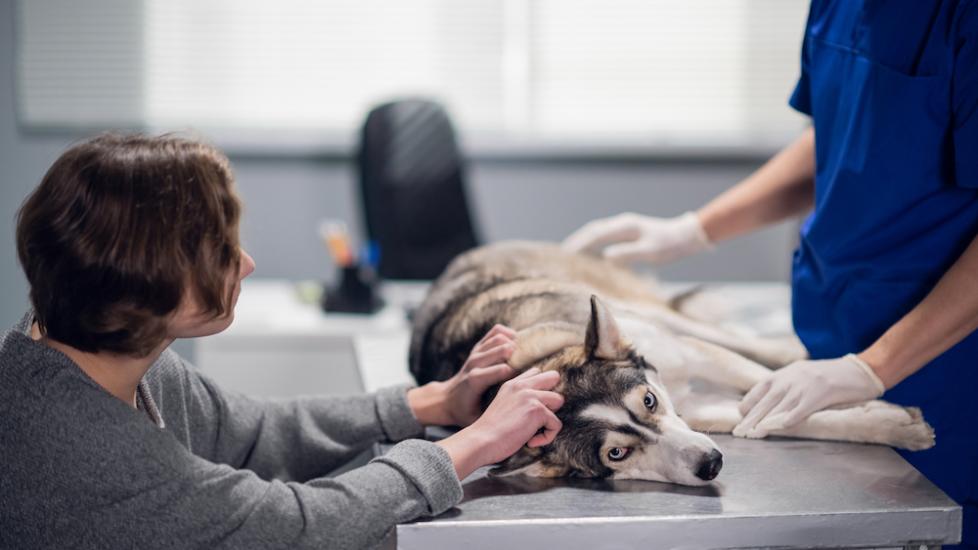Introduction:
In the world of pet ownership, few things are more heartbreaking than seeing our beloved canine companions suffer from illness. One such ailment that has been known to affect dogs is salmonellosis, a bacterial infection caused by Salmonella bacteria. This condition not only affects dogs but also poses risks to human health as well. It is crucial for dog owners to understand the signs and symptoms of salmonellosis, how it spreads, and what preventive measures they should take to keep their pets healthy and safe.
Causes and Transmission:
Salmonella contamination often occurs through consumption of contaminated food or water. Raw meat, eggs, poultry, and unpasteurized dairy products are common sources of these bacteria. Additionally, contact with infected animals or fecal matter can transmit the disease. Dog parks, where multiple dogs may share toys or sniff each other’s waste, can be hotspots for spreading the bacteria.
Signs and Symptoms:
The clinical manifestations of salmonellosis in dogs vary widely, ranging from mild digestive upset to severe diarrhea, vomiting, abdominal pain, fever, lethargy, loss of appetite, and even bloody stools. In some cases, the infection can spread beyond the gastrointestinal tract, leading to complications like arthritis, central nervous system infections, and endocarditis (inflammation of the inner lining of the heart).
Diagnosis and Treatment:
If your dog exhibits any of the aforementioned symptoms, particularly if there is a history of exposure to potential contaminants, it is essential to consult with a veterinarian immediately. Diagnostic tests such as stool cultures and blood work will help identify the presence of Salmonella. The treatment typically involves supportive care to manage dehydration and control symptoms, as well as antibiotics to eliminate the bacteria. Your vet might recommend changes in diet, frequent monitoring of hydration status, and potentially hospitalization depending on the severity of the case.
Prevention Strategies:
To protect your furry friend from this infectious disease, several precautionary steps can be taken:
-
Cooked Diet: Feeding your dog a fully cooked diet reduces the risk of ingesting raw foods that could contain harmful bacteria.
-
Proper Handling: When preparing meals involving raw ingredients, ensure strict hygiene practices are followed to prevent cross-contamination between raw meats and other surfaces.
-
Regular Vaccinations: While no vaccine specifically targets Salmonella, keeping up with routine vaccinations helps maintain your dog’s overall immune health.
-
Safe Disposal: Always dispose of feces properly, especially in public areas like dog parks, to minimize the chances of others coming into contact with potential pathogens.
-
Cleanliness: Regularly clean and disinfect your home environment, focusing on high-traffic areas frequented by your dog.
-
Separation: If you have both pets and young children at home, separate feeding stations to avoid the transfer of germs between them.
Conclusion:
By understanding the causes, transmission methods, symptoms, diagnosis, treatment options, and prevention strategies related to salmonellosis in dogs, pet owners become empowered advocates for their canine companion’s welfare. Remember, early detection and prompt veterinary intervention are key to ensuring the best possible outcome for your pup during an unfortunate bout with this illness. With vigilance and proper precautions, we can create a healthier environment for our four-legged friends.
